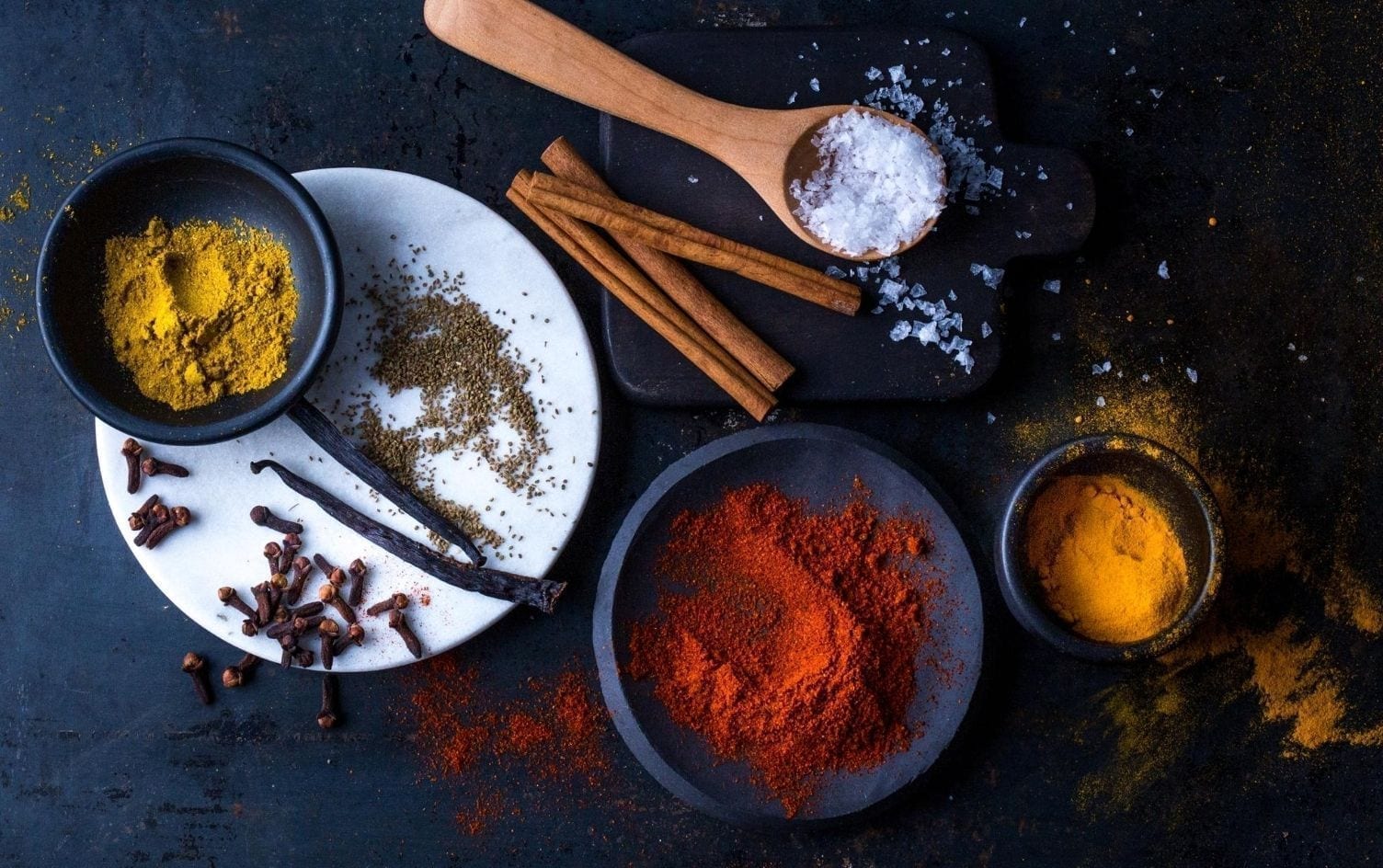Tossing ginger into a fruit smoothie; stirring turmeric into soups and scrambled eggs, and adding clove and cinnamon to oatmeal or applesauce provides an instant flavor boost.
The same spices that amp up the taste of your favorite foods also have significant health benefits. Research shows cinnamon can improve blood sugar control, ginger relieves nausea, turmeric improves memory and mood, and garlic boosts immunity.
THE RESEARCH
The latest research found adding 6 grams (up to 1 tablespoon) of spice mix to a meal high in fat and carbohydrates also helped lower inflammation. Inflammation has been linked to a range of diseases from heart disease and stroke to diabetes, cancer and arthritis.
The 2020 study, published in the Journal of Nutrition, followed middle-aged men who were overweight or obese and had at least one risk factor for cardiovascular disease such as wide waist circumference, borderline high blood glucose or elevated blood pressure.
Each participant ate three versions of the same high-fat, high-carb meal: One with no spices, one with 2 grams of a spice blend and one with 6 grams of spice blend. In a four-hour window after the meal, blood tests showed lower levels of inflammation among the men who ate the meals with 6 grams of spices.
ANTI-INFLAMMATORY EFFECTS
“Inflammation underlies a lot of chronic diseases,” explains study co-author Connie J. Rogers PhD, MPH, associate professor at Pennsylvania State University. “We know that the type of food we eat can create a burst of acute inflammation [and] had this idea that we could be eating more healthfully to reduce inflammation.”
Rogers worked with the McCormick Science Institute to identify the most popular spices and chose a blend containing basil, bay leaf, black pepper, cinnamon, coriander, cumin, ginger, oregano, parsley, red pepper, rosemary, thyme and turmeric that previous research had shown had anti-inflammatory effects.
THE ROLE OF SPICES
“Spices are dried plants and there are a lot of bioactive ingredients … that are condensed in one tablespoon of a spice mix,” she says. “There is some evidence that spices could change bacteria living in the intestine, in the microbiome, and that might be leading to less inflammation.”
While there is no evidence to date that adding more than 6 grams of spices to your meals has a cumulative effect, Rogers notes that a spicy diet is not likely to harm your health.
Vandana Sheth, a registered dietitian nutritionist with a private practice in Los Angeles and author of “My Indian Table: Quick & Tasty Vegetarian Recipes,” suggests getting creative in the kitchen to reap the health and flavor benefits of spices.
“Spices provide an amazing aroma and flavor profile [and] amp up the flavor of any meal,” she says.
READ MORE > 10 WAYS TO ADD FLAVOR, NOT CALORIES
Spices can be added to foods ranging from oatmeal, eggs, sautéed vegetables and salad dressings to beverages such as tea, smoothies and even milk, according to Sheth. It doesn’t matter whether spices are used fresh or dried (though she recommends adding dried spices earlier in the cooking process to “waken” them up and allow them to build flavors).
To source the freshest herbs and spices, shop at farmers markets, ethnic supermarkets or other grocers where the stock is being replenished on a regular basis. Or, grow herbs like basil, thyme, parsley and oregano in a small garden or pots on a sunny windowsill.
THE BOTTOM LINE
Adding those spices to your meal, especially if it’s a meal high in fat and carbohydrates, is akin to a dose of delicious medicine.
“Even in people who eat a healthful diet and are normal weight, a high-fat meal can trigger an inflammatory response,” Rogers says. “There might be a benefit in a younger, healthier population … if you were going to treat yourself [to a high-fat meal] including some spices and it might blunt some of the inflammation that the meal might cause.”
Unlock an experience that’s like having a dietitian, trainer and coach at your fingertips. Sign up for Premium for expert guidance and tools to help you reach your personal health goals.




